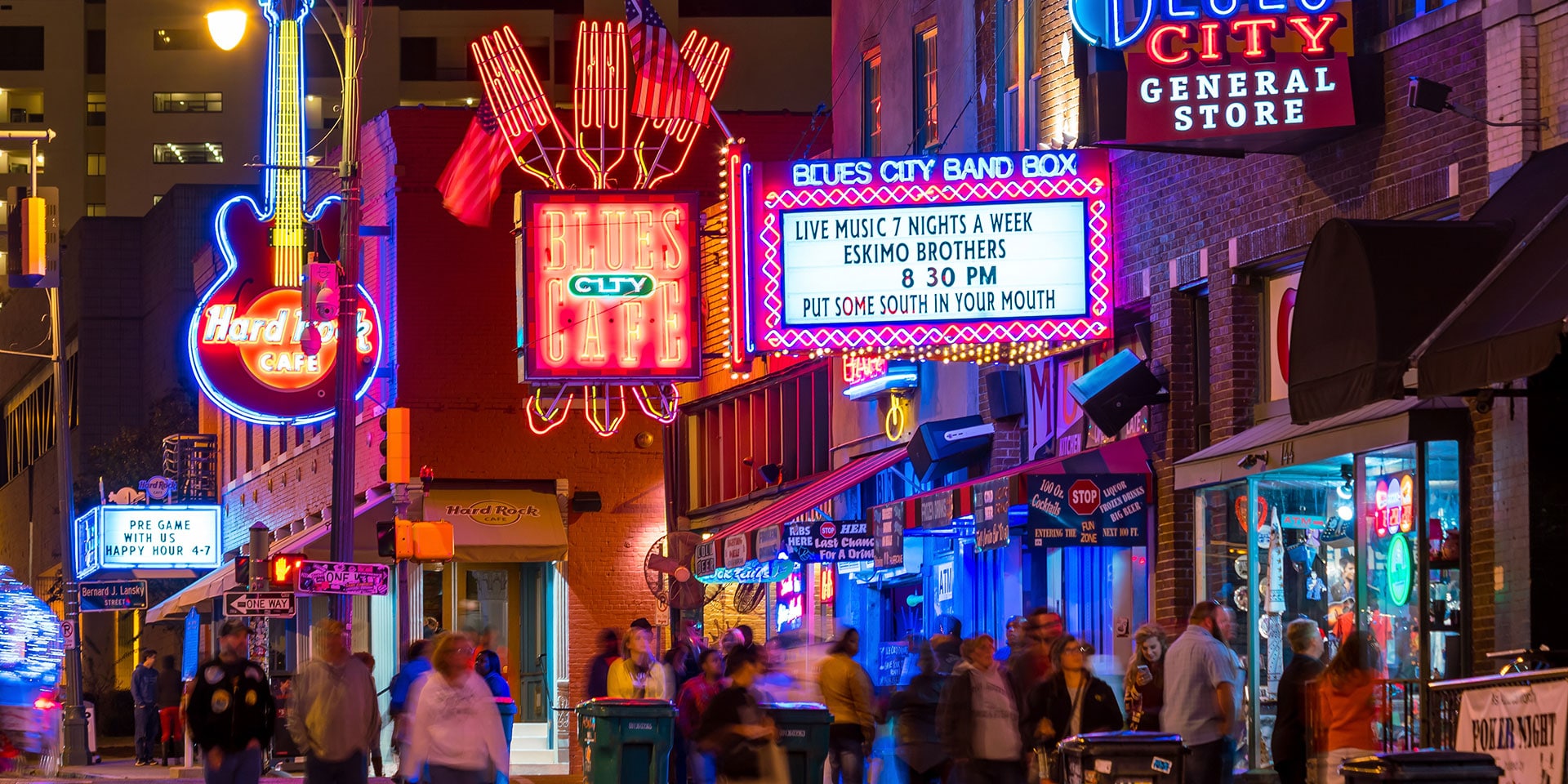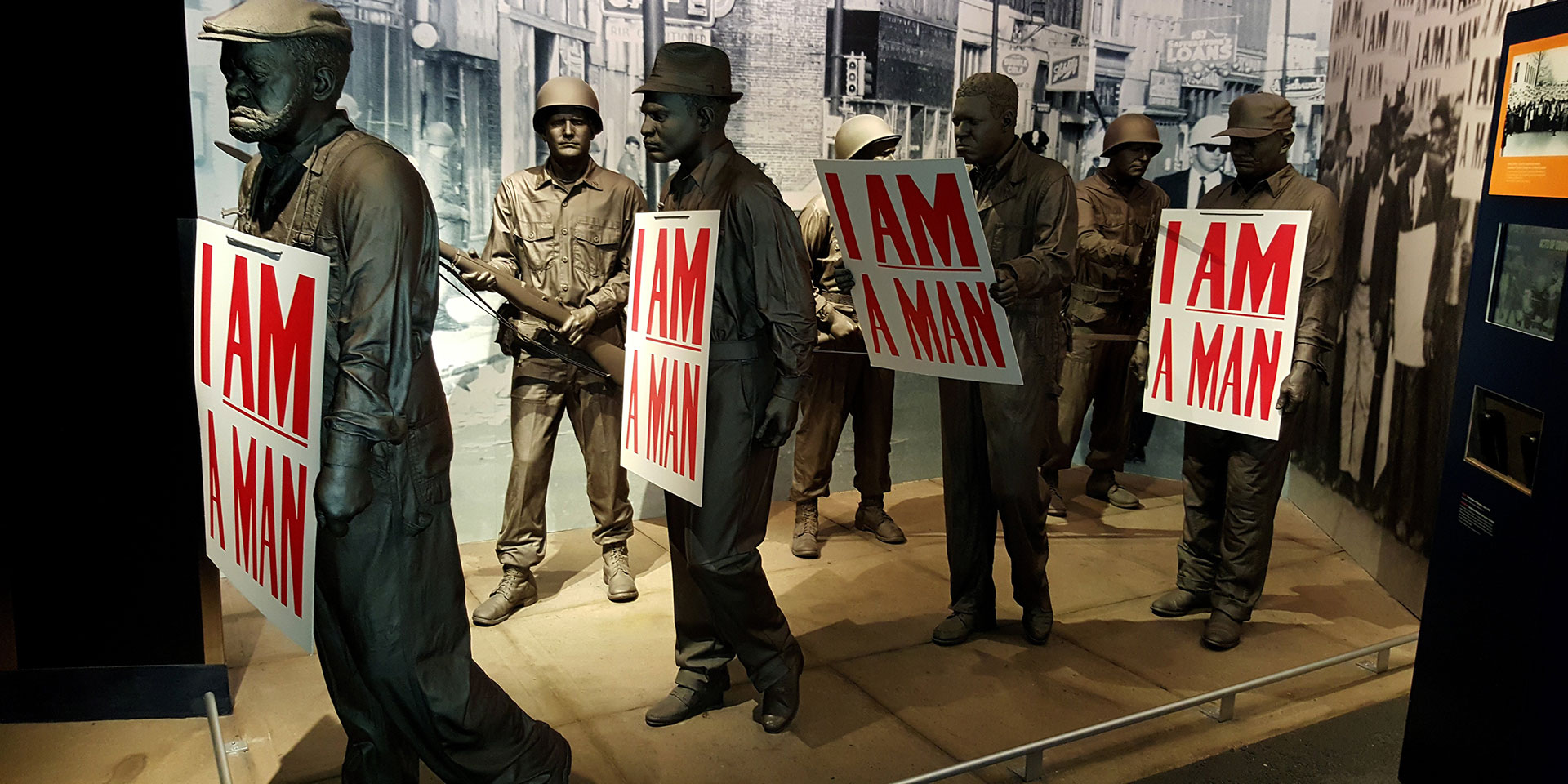
See the iconic “I Am a Man” signs at the National Civil Rights Museum. (Photo: Getty Images)
Memphis‘We Shall Overcome’: Understand the Legacy on a Memphis Civil Rights Tour
By Samantha CrespoAlmost any step you take in Memphis can open a chapter of the city’s powerful civil rights story. At the Stax Museum of American Soul Music, the narrative echoes in the sounds of integrated bands — at a time when integration wasn’t the natural rhythm. On Beale Street the civil rights story pops up in historic markers between clubs and souvenir shops.
Still, a deeper dive is necessary to gauge the movement’s impact on Memphis and beyond. Piece together the story for yourself by tracing these steps.
Visit the National Civil Rights Museum
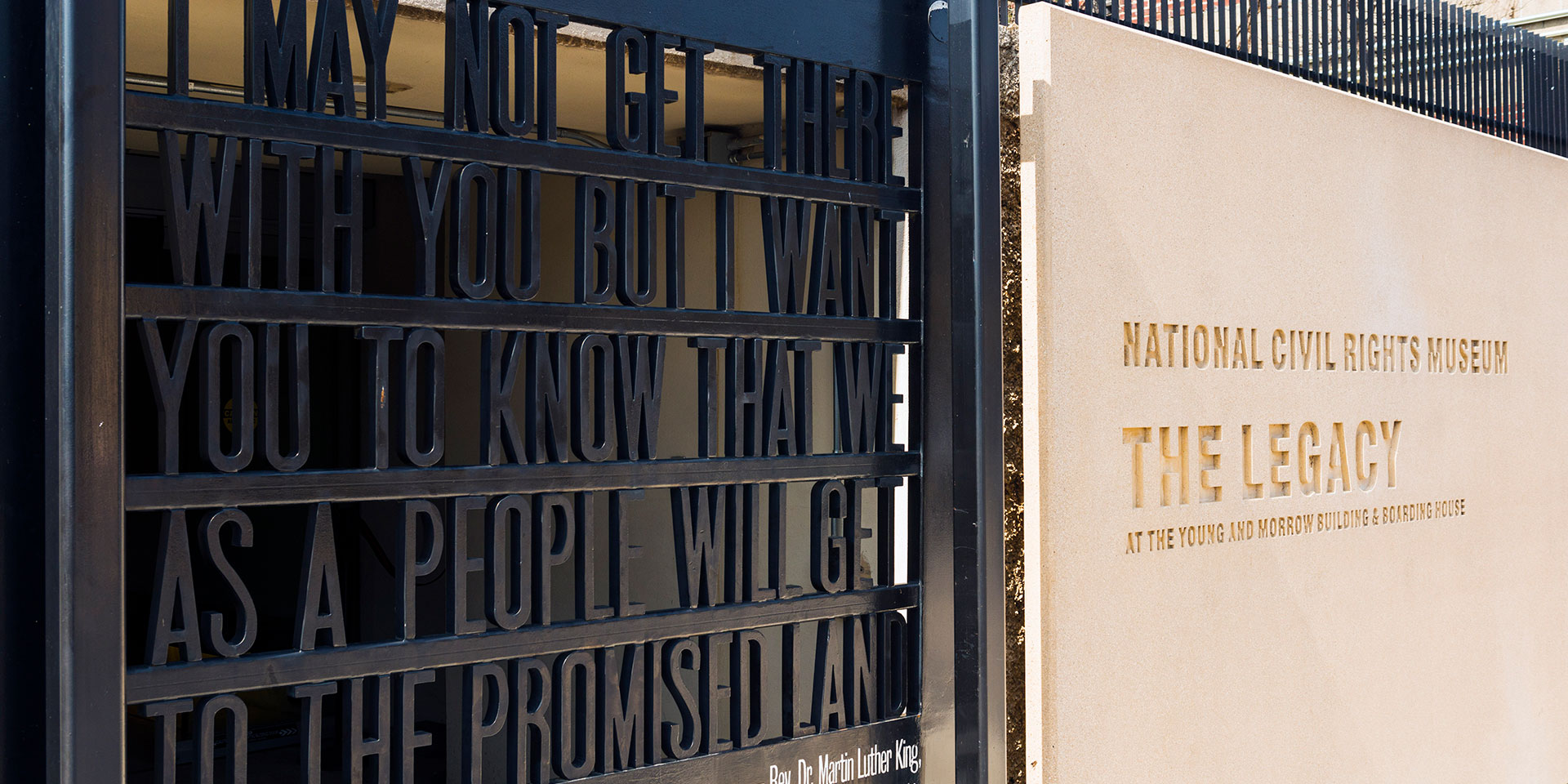
Since 1991, this Smithsonian Institution Affiliate has interpreted four centuries of American civil rights history through exhibits on slavery, integration, resistance and more. A multi-million-dollar renovation in 2014 added layers of interactivity, scattering touch-screen activities as well as audio and video kiosks throughout the museum.
Today, whether you’re following the Atlantic slave trade on a floor map, contemplating the shadows of students engaged in a lunch-counter sit-in, or checking out clothes and poetry created during the Black Arts Movement of the 1960s and 1970s, you’re only a touch away from accessing the museum’s rich archives. Cue up songs of solidarity from marchers, speeches by civil rights leaders and interviews with movement participants.
If you know history, you know why this museum belongs here. Built into downtown Memphis’ Lorraine Motel, the museum marks the site of Dr. Martin Luther King Jr.’s assassination.
The Lorraine was the place to stay when African-Americans passed through segregated Memphis — Jackie Robinson, Aretha Franklin and Dr. King among them. Multimedia archives and artifacts recall what brought King to town: a strike by sanitation workers for fair labor conditions.
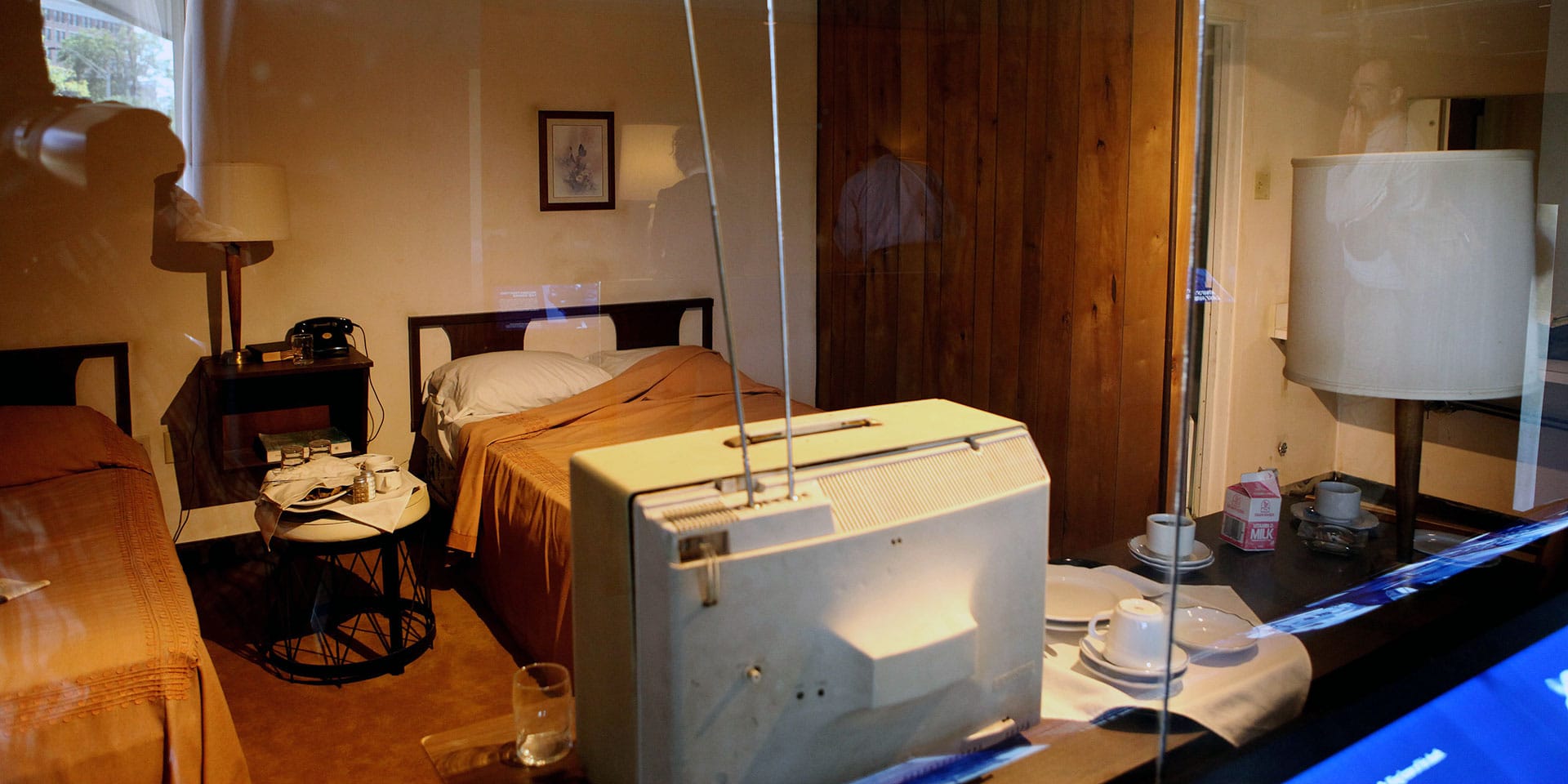
Gaze at the iconic “I Am a Man” signs carried by the workers as they marched with King. Then peer into King’s hotel room as he left it just moments before his death. A wreath hangs on the room’s balcony in his honor.
Leaving the museum, stroll adjacent South Main Street to discover related murals. You’ll recognize the “I Am a Man” signs in the colorful installation near Huling Avenue.
Continue to Dr. Martin Luther King Jr. Avenue to take in a six-story ode to local African-American heroes, from black soldiers who served in the Union Army to anti-lynching activist Ida B. Wells.
Browse the Withers Collection Museum and Gallery
Ernest C. Withers is considered the most prolific photographer of the U.S. civil rights movement. His namesake museum and gallery can’t display all of his nearly two million images, but it rotates some of the most gripping, and the most fun.
You might view snapshots of a young B.B. King posing backstage or candids of Dr. King ordering lunch during a trip to Memphis.
Bonus: The museum and gallery are located on downtown Memphis’ Beale Street, the erstwhile hub of Southern black culture. Rent an audio walking tour of the street from the Memphis Rock ‘n’ Soul Museum to conjure Beale as it was way back when.
Take A Tour of Possibilities
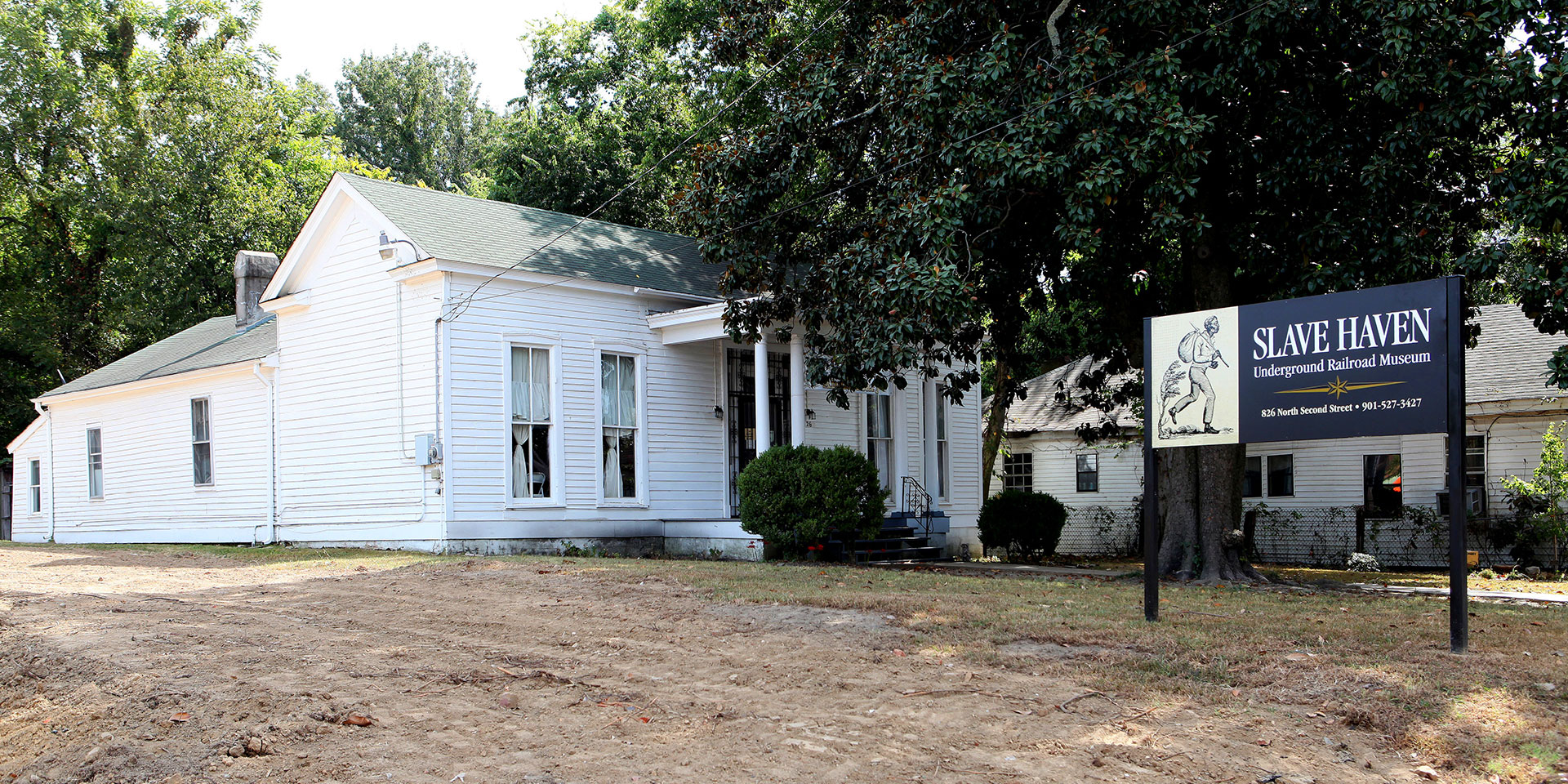
Now that you have a feel for the major players and events in Memphis’ civil rights story, dive deeper on a guided tour.
A Tour of Possibilities will chauffeur you to the main attractions and also to sites that connect the dots between them: Slave Haven Underground Railroad Museum; Soulsville’s LeMoyne-Owen College, which began as a school for freedmen and runaway slaves; Robert Church Park, conceived by the man who survived a race riot to create improvements for fellow African-Americans in Memphis.
Finally, there’s Clayborn Temple, where sanitation workers and Dr. King gathered for their marches. Watch for updates from this landmark — a current renovation includes plans for I Am a Man Plaza, a new public space commemorating the marchers.
Eat at The Four Way . . .
Dr. King and a long line of civil rights activists did. You’ll find it a short drive from downtown in “Soulsville,” named for the music of Stax Records and Royal Studios that put this Memphis neighborhood on the map.
The restaurant’s classics are just as soulful: hearty turkey with dressing, tender pot roast, creamy mashed potatoes and the like. Save room for dessert (maybe the sweet-tart miracle that is The Four Way’s lemon meringue pie).







